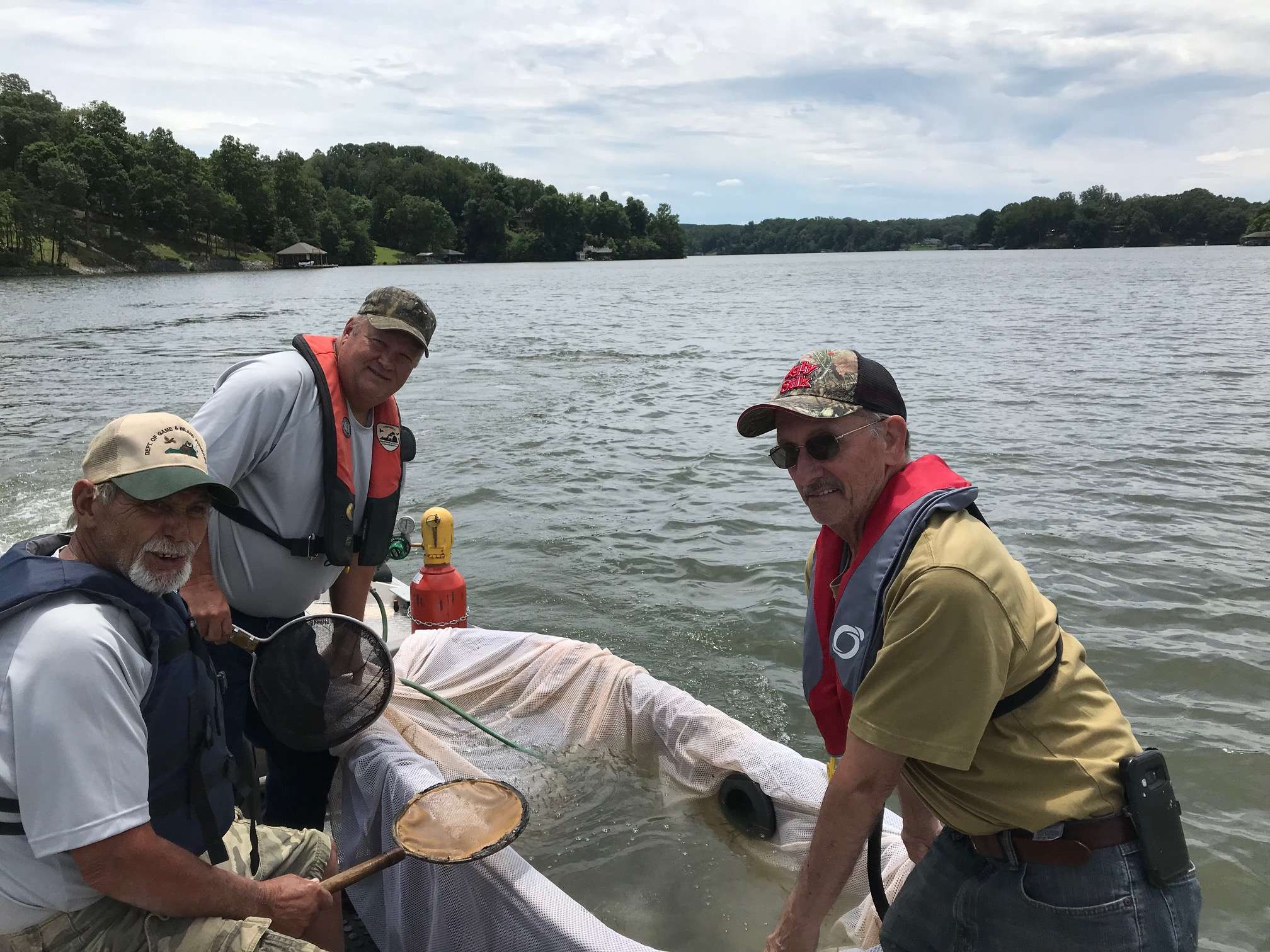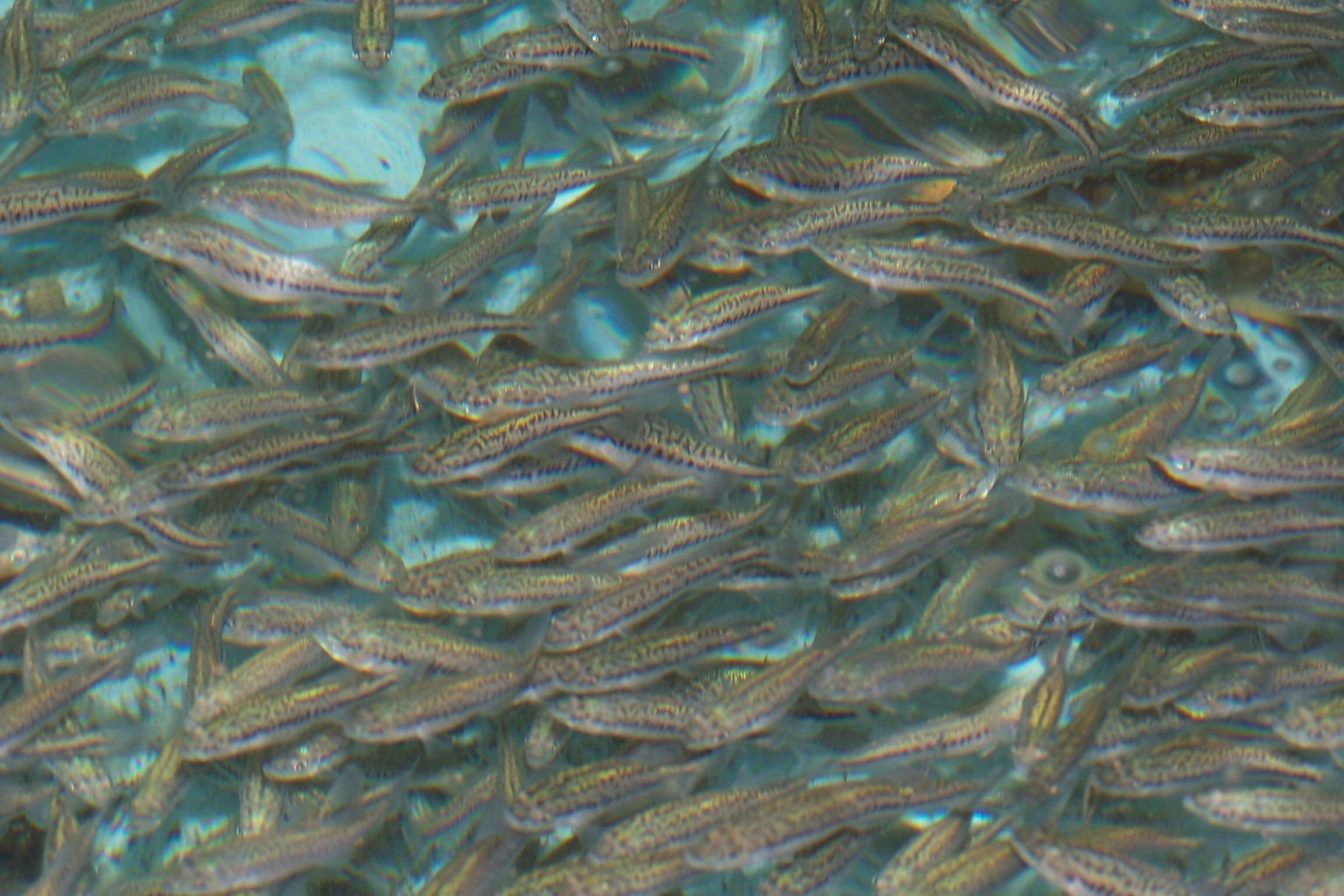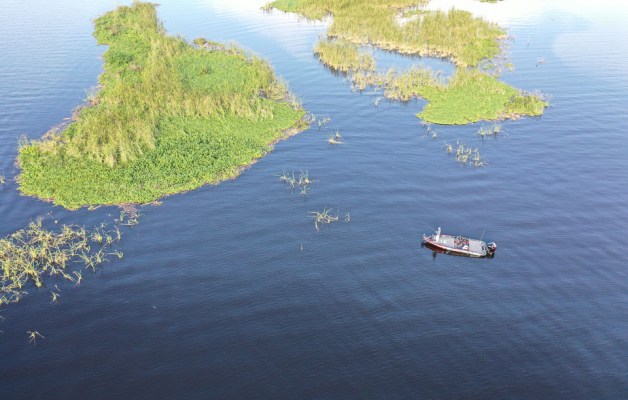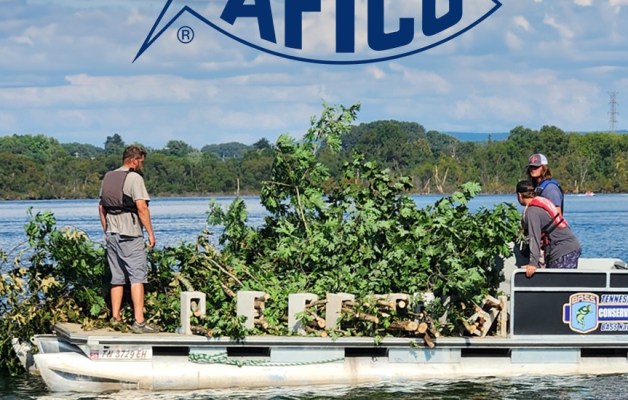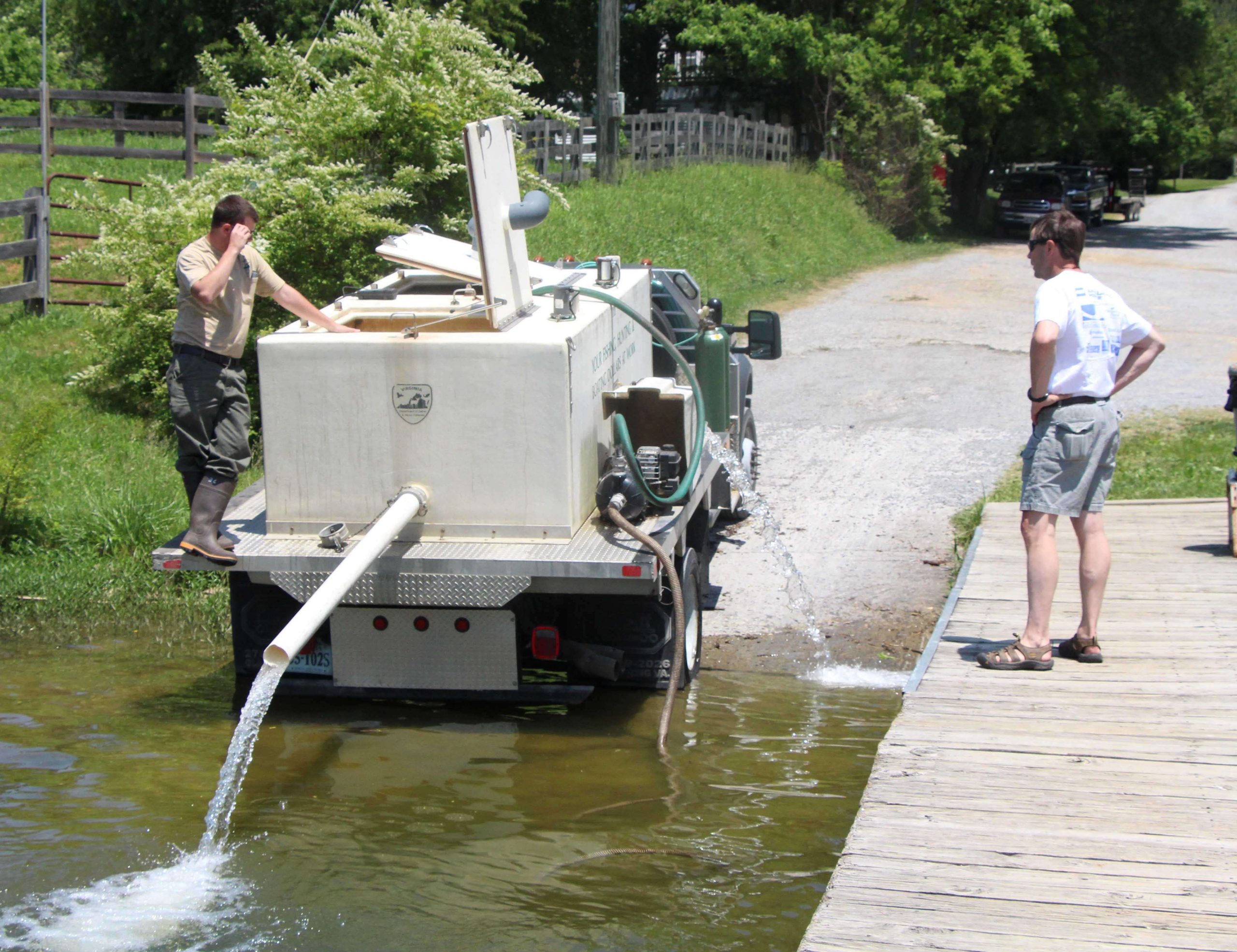
ROANOKE, Va. — Four years ago, fisheries biologists tried to convince Robert Wood that stocking with hybrid largemouths wasn’t the way to improve the bass fishery at Smith Mountain Lake.
“That wasn’t something that we were willing to invest limited resources on,” said Scott Smith with Virginia Department of Game and Inland Fisheries (VDGIF). “We said that the track record was dismal for improving a fishery by stocking, and we recommended habitat enhancement.”
But angler and Roanoke businessman Robert Wood persisted, volunteering to pay for the fish with his own money and donations if VDGIF would agree. Finally, the agency consented, deciding to treat three years of stocking 61,000 hybrid bass fingerlings as an experiment.
The bass that Wood and his supporters bought were “tiger bass,” offspring of “a special strain of aggressive northern bass and a pure strain of Florida bass that comes from a proven trophy line,” according to American Sport Fish (ASF) in Alabama, the only hatchery licensed to produce and sell the hybrid.
“In well managed lakes, they have consistently gained more than two pounds a year,” ASF added.
Four years haven’t been long enough for VDGIF to determine if the tiger bass are growing larger than Smith Mountain’s native fish. But preliminary findings have been impressive enough to convince the agency to invest manpower and financial resources in a multi-year stocking of tiger bass in Claytor, Anna, Chesdin and a reservoir yet to be determined, as well as Smith Mountain.
With fish identified by fin clips, biologist have found enough tiger bass remaining in Smith Mountain from earlier stockings “to encourage us to keep going,” Smith said.
“It’s a higher number than we expected it to be,” he added. “And we’ve seen a pretty substantial difference in growth rates. A 2-year-old stocked fish is the same size as a 3 1/2- to 4-year-old wild fish.
“But whether they will get bigger overall remains to be seen,” the biologist said. “It might turn out that these fish are just growing faster, but not bigger. It will be three or four more years before we get good information on that from Smith Mountain Lake.”
Smith emphasized that Virginia already has quality bass fisheries in most of its large reservoirs. “When we sample (by electrofishing), we can fill a boat with 4-pounders,” he pointed out. “But the one problem is that we rarely see a fish over 6 pounds.”
The biologist explained that 8- to 10-year-old fish often weigh just 4 to 5 pounds, adding that adequate forage doesn’t seem to be the limiting issue.
“Potentially, this (stocking tiger bass) is a way to get some bigger fish,” he said. “We’re not expecting 15-pounders. We’re still limited by the systems. But we’re hoping that we might get 8- or 9-pound bass on the top end, and that will be worth it. There’s a substantial difference between a 6-pound fish and an 8-pound fish.”
The strategy consists of five years of limited stocking and monitoring and five years of follow-up monitoring.
“This is an add-on, enhancing an existing fishery,” Smith said. “We’d still have largemouth fisheries if we didn’t stock, and we don’t have the facilities to raise these fish. So we have to purchase them, and we have to do this at a fairly low stocking rate.
“But we’re not trying to change catch rates and numbers,” he added. “We’re hoping to see larger bass.”
For example, 25,000 to 75,000 will be stocked annually in Smith Mountain and 4,000 to 12,000 in Claytor.
Strictly speaking, those introductions will not “pollute” the existing gene pool of Virginia’s bass fisheries either. “It is my understanding that most of those populations are already some form of intergrade, having both northern largemouth and Florida bass genes,” said B.A.S.S National Conservation Director Gene Gilliland.
As far as determining the success of the program, tournament anglers will provide critical assistance. That’s because typically larger bass are weighed in during competitions than are collected in sampling.
“What we want to find out is if it works, and, if so, where it works and why and are there any difference in how it works in different places,” Smith said. “It if does work, then we will a have tool to potentially make a big difference for our reservoir bass fisheries.”
